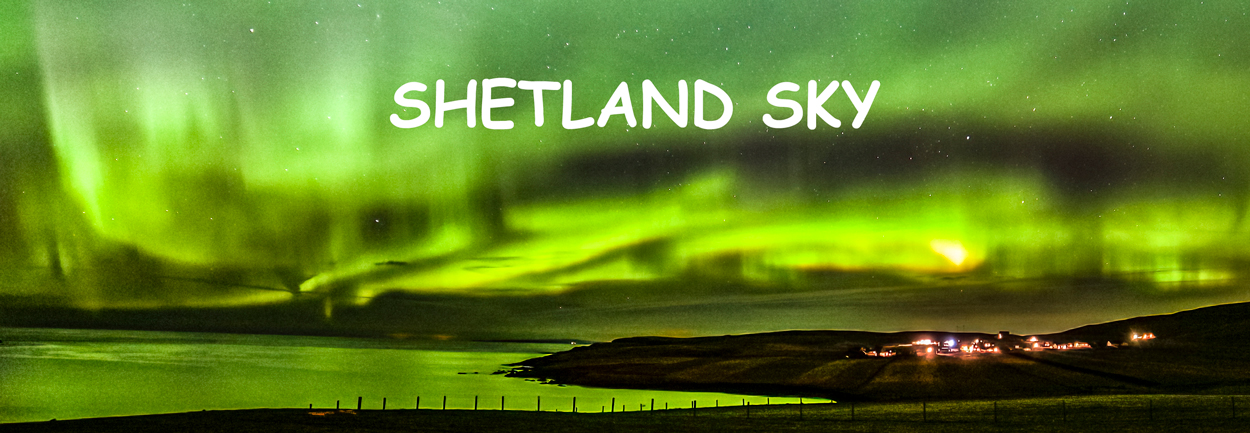Anyone interested in astrophotography will at sometime look at the Sony A7s and Samyang 24 mm f1.4 lens. This review is not as comprehensive as many you can find but i did a lot of research while i was saving up and i would say around 99% of the people seem very happy with the A7s
Taking the full frame Sony A7s first, it is THE best low light camera on the market today, with exceptional ISO performance. As it only has a 12.2 mp sensor some people may be put off demanding a higher resolution of a 24mp camera, however for astro work the 12.2 mp sensor has larger pixels so it collects more light than the higher rated cameras.
People get convinced that they need more megapixels, yet one this size can do all everything most photographer require. I often did 36 x 30 canvas from the Nikon D300s 12.1 mp camera and they all came out superb. Most people may never do anything other than web size so will never get the benefit of a high mp sensor.
Venus and Mars just above
Most DSLR cameras can use up to ISO 1600 and with noise reduction will get a good photo, unless you can afford a Nikon D3/4/5.
The Sony A7s can handle ISO shots up to ISO 25200 with little noise evident. But acceptable results at the highest setting of ISO 409,500. No other camera can achieve these results and it is a mirror-less camera so no vibrations.
Its smaller than my other DSLR cameras but fits well in the hand. The battery only allows for around 390 photos , less than half of the Nikon D610, but you get two batteries with the camera, in my case i also got another one free in the package offered by Bristol cameras
I chose the A7s rather than the A7s II because the main improvements have been to the video side and vibration reduction, neither are required for the astro work i do, so don't warrant paying the extra £700 for the up grade.
After what seems ages, the sky finally cleared for a few hours and the curse of buying new equipment lifted. I decided to go down to Perrie Spiggie which looks west and has some nice stacks in the bay. Also you can park close by and it was sheltered from the westerly wind.
Although the moon was about 1/2 full it did provide some lighting to the landscape, helped by a little light painting. All these photos on this blog were taken at 13 seconds, F2 at ISO 3200. Very impressed when the came up on the screen which tilts and later on the computer. Images needed little processing
Working with the camera in dark conditions have been reasonably easy and menu button accessible for zooming, while the ISO is changed on the dial. Checking the histogram is important and this is automatically shown when the image is taken.
Regarding the Samyang 24 mm F1.4, it is a superb lens. I checked to see whether any soft areas were evident but was satisfied with tests done on the lens chart and with the stars in this test. Unlike the Samyang 14mm F2.8 which i had to send back three times before i got a good copy the 24 mm lens has less problems according to various forums.
Orion looking good as usual
Conclusion: I am very happy with the Sony A7s and 24 mm Samyang lens, results so far are very encouraging with low noise levels. I am looking forward to testing the full range of ISO levels once we get darker skies
Venus very bright on right hand side

































